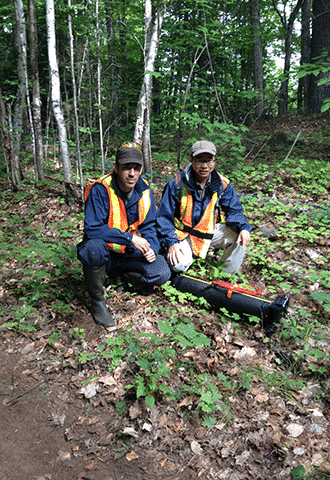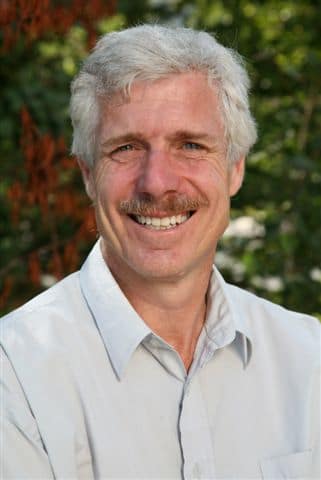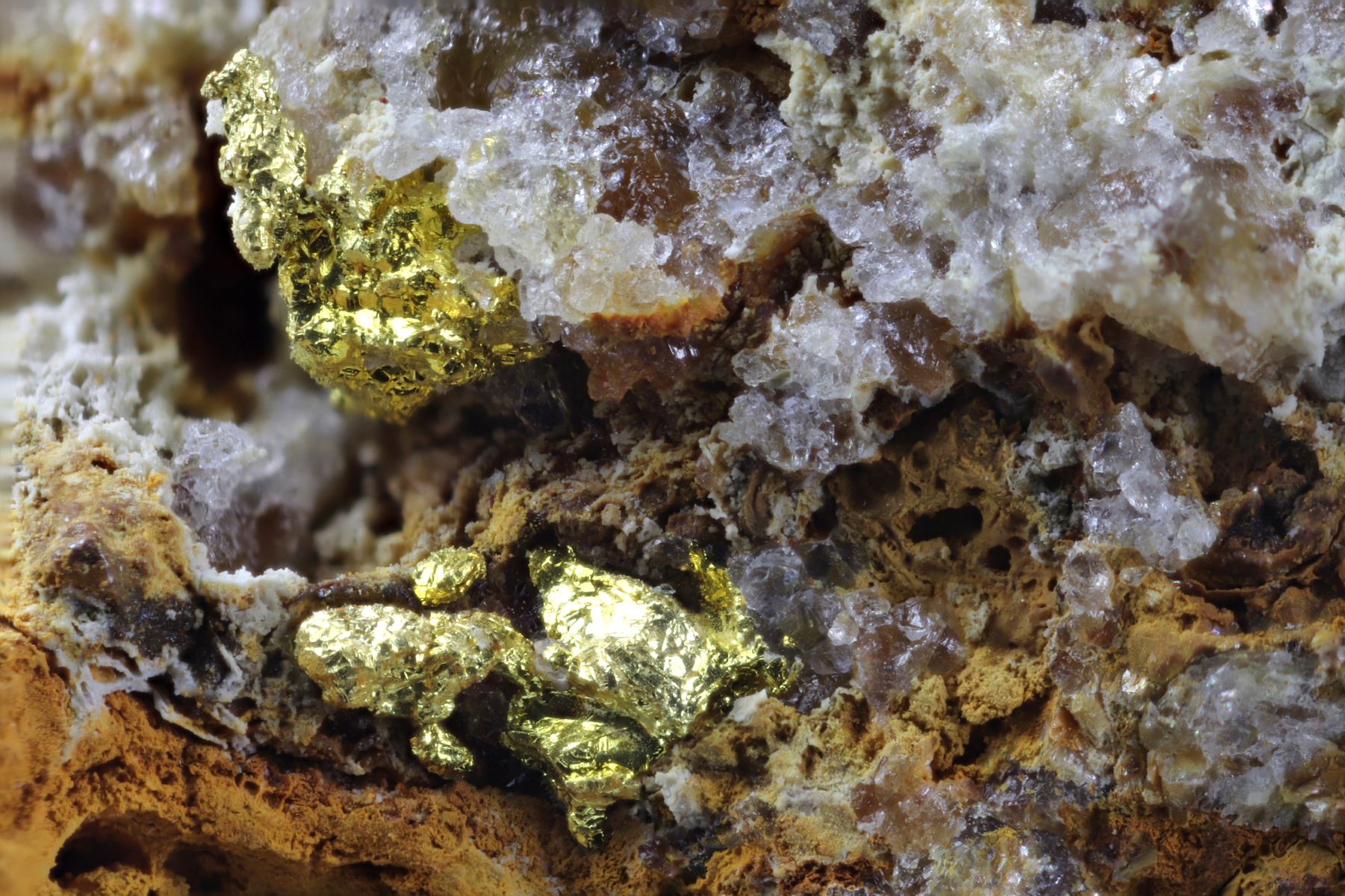To understand success, sometimes it takes understanding failure.
For the last four years, this has been part of Project Metal Earth’s mandate. Metal Earth is a research project by the Mineral Exploration Research Centre (MERC), a semi-autonomous exploration geoscience research centre at Laurentian University in Sudbury, Canada. The project is government-funded through the Canada First Research Excellence Fund.
“The basic idea of the project is to understand why some parts of Canada have ore deposits associated with them,” said Dr. Richard Smith. “People tend to concentrate on the areas that do have ore deposits. But they often don’t concentrate on the ones that don’t.”
“To understand the differences, we thought we’d introduce a research project where we study both. That way people could know what those differences are, and then focus their exploration programs on areas that are more prospective for mineral deposits.”

Two Laurentian students in the field, Fred Gaucher (left) and Yongxing Li (right), conducting geophysical surveys in eastern Ontario

Dr. Richard Smith
Richard is the Industrial Research Chair in Exploration Geophysics at Laurentian, with over 30 years of experience in geophysics. He helped pitch the Metal Earth proposal to the Canadian government in a ‘Dragon’s Den style’ arena.
Richard says the project could have far-reaching benefits:
“The overall idea is to make Canada competitive in the mining business. That might be through finding more mines in Canada, or by making the mineral exploration industry more knowledgeable about exploration – and applying that knowledge world-wide.”
Learning to explore
The project already has benefits for the Canadian mining industry – for many students, it’s a perfect industry kick-off into exploration.
“Every summer, we have about 50 people going out into the field,” said Richard.
“The first few years they were doing traverses in north eastern Ontario and Quebec and now they’re doing traverses in the north western Ontario . We have undergraduate students as field assistants, graduate students that are doing specific tasks or sub-projects, and then postdoctoral fellows or research associates that are doing more general work on each traverse.”
These students explore established mining areas like Timmins and Rouyn-Noranda. But some may be sent to more adventurous and remote regions where they stay in
hunting or fishing camps.
Dealing with data
With so many individuals going out into the field, there is a huge amount of data to process, analyse, and integrate.
“We need to make sense of the data in a way that allows us to have a coherent understanding,” said Richard. “We use Seequent’s Oasis montaj with the GM-SYS extension to process, compile, and interpret geophysical data.”
The project team also uses Leapfrog Geo software for geological modelling and analysis, under Seequent’s Academic Program.
Even when the project is done in 2024, the work won’t end there. All the data will be provided in an open source format to the public.
“We’d like to encourage other people to work on it,” said Richard. “It’s being funded by the Canadian government and tax-payers so it’s only fair that the public can have access to the data.”
You can visit the Metal Earth website to learn more.





